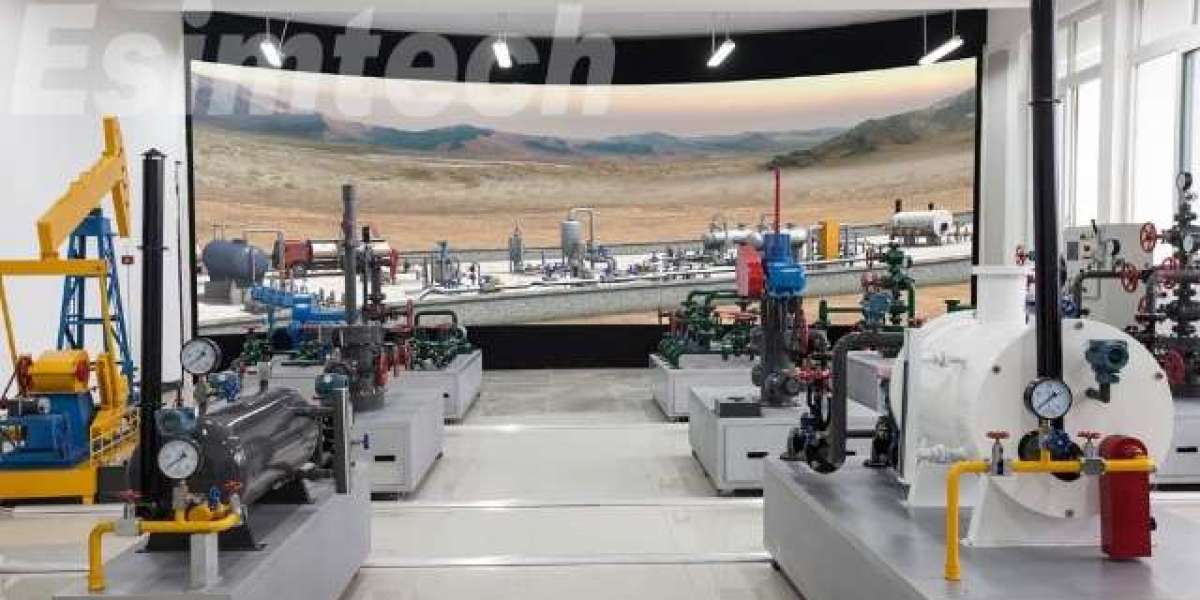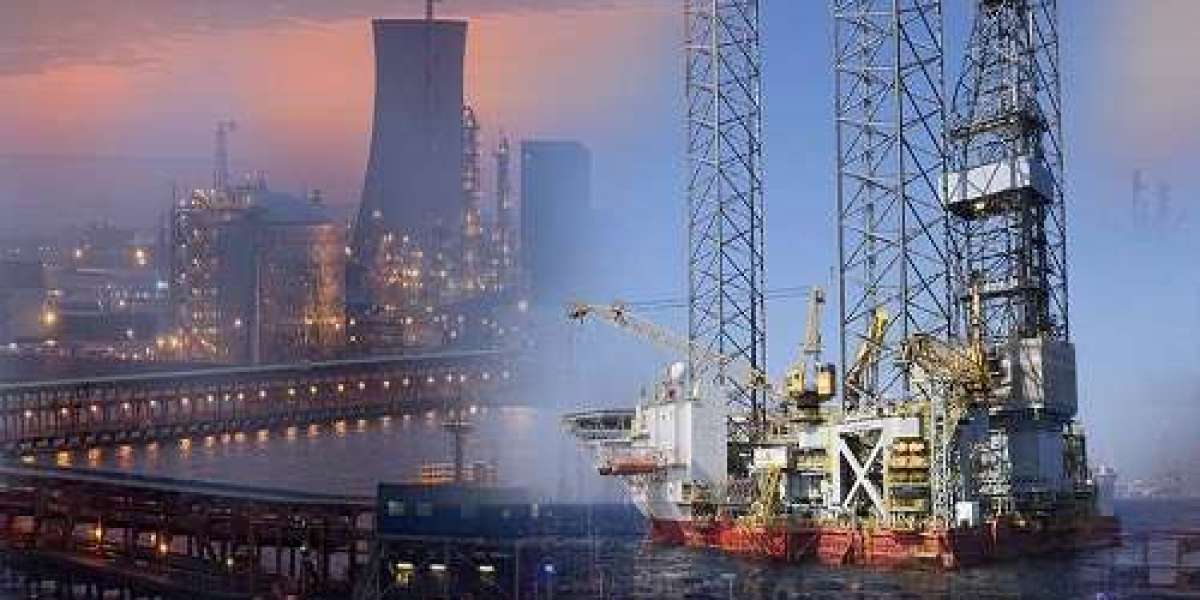The Journey Begins
- Site Preparation: The canvas is set. Land is cleared, equipment assembled, and a drill rig, a towering steel structure, rises like a sentinel.
- Drilling the Hole: The bit, a rotating steel blade adorned with teeth, carves its way through rock and earth. Mud, pumped down the drill pipe, lubricates the process and removes cuttings, preventing blowouts.
- Casing and Cementing: As the hole deepens, steel pipes, called casing, are lowered and secured with cement. This protects the wellbore from collapse and prevents fluids from migrating.
- Reaching the Reservoir: The bit finally reaches the target: a porous rock formation saturated with oil or gas. This is the prize, the culmination of meticulous planning and meticulous execution.
- Completion and Production: Once the reservoir is reached, the well is completed. Perforations are made in the casing, allowing hydrocarbons to flow into the wellbore. Finally, a production system is installed, bringing the precious resources to the surface.
Beyond the Basics
The world of oil and gas well drilling is a tapestry woven with various techniques and technologies:
- Directional Drilling: Bending the drill path allows for targeting specific zones within the reservoir, maximizing resource extraction.
- Horizontal Drilling: Extending the wellbore horizontally within the reservoir significantly increases the contact area with hydrocarbons, boosting production.
- Fracturing: Stimulating tight formations by injecting fluid under high pressure creates fractures, allowing hydrocarbons to flow more freely.
Safety First
Drilling is an inherently risky endeavor. However, safety is paramount, and rigorous protocols are in place:
- Extensive planning and risk assessments: Every aspect of the well is meticulously planned to minimize potential hazards.
- Stringent equipment inspections and maintenance: Rigorous procedures ensure equipment integrity and prevent accidents.
- Emergency response training: Personnel are trained to respond to unforeseen events like blowouts or fires.
The Future of Drilling
The world of oil and gas well drilling is constantly evolving:
- Automation and robotics: Increasing automation reduces human error and improves safety and efficiency.
- Real-time data monitoring and analysis: Sensors and advanced software provide real-time insights, optimizing drilling performance and reservoir management.
- Sustainable practices: Minimizing environmental impact through innovative technologies and responsible resource extraction is a growing priority.
Conclusion
Oil and gas well drilling is not just about extracting resources; it's a testament to human ingenuity and engineering prowess. By understanding the intricacies of this process, we gain a deeper appreciation for the energy that fuels our world, and the dedication of those who bring it to us. As technology continues to advance, drilling will become even more efficient, safe, and sustainable, ensuring the continued flow of these vital resources for generations to come.



